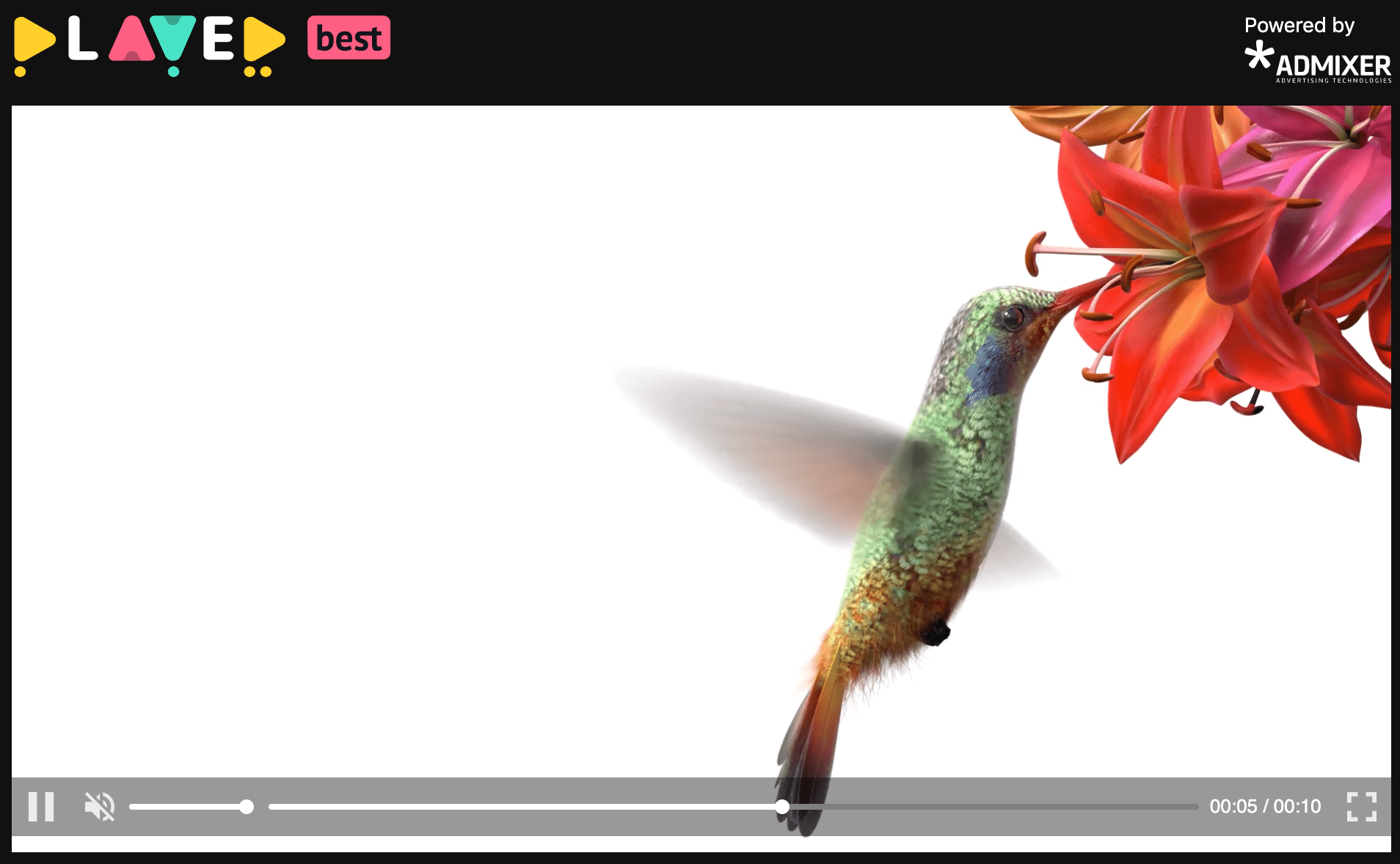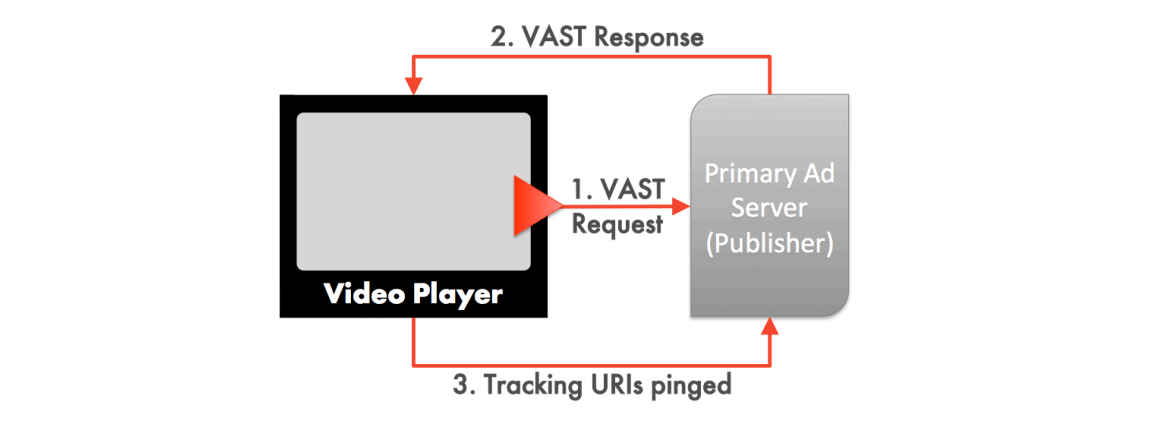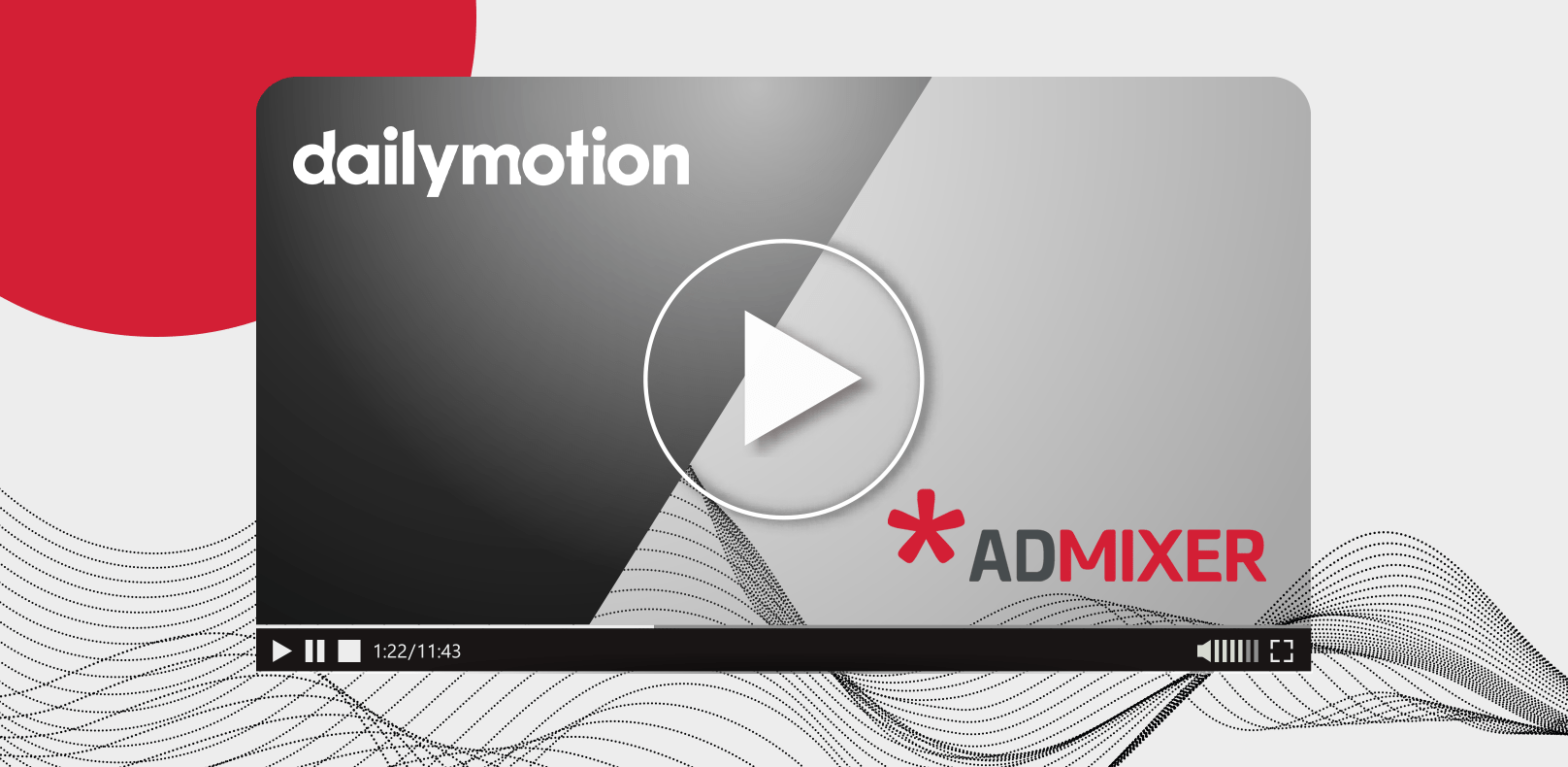
How to Choose a Video SSP? A Publisher’s Guide to Video Advertising
Breaking through the informational noise and reaching out to consumers is getting increasingly difficult for marketers. Long passed the days when users were easily engaged with a display ad. Nowadays, most internet users developed banner blindness, selective attention when users remain indifferent to messages presented in standard display ads.
eCPMs of the full-screen and smaller-sized banners have been declining through 2020. This shift in consumer behavior spells trouble for website and app monetization. Publishers need to think of more compelling ad formats to offer to advertisers.
Video advertising
According to a study by Microsoft, the attention span of the modern human is close to 8 seconds. If consumers aren’t instantly engaged by entertaining content, they swiftly lose interest. That’s why video has recently become the most popular content type.
Users retain 95% of the message from the video, in contrast to 10% when they read it. This is also true for advertising, where video ads for publishers captivate the audience and command higher conversions and sales. The younger generation of users prefers watching an informative video, rather than reading an article or product description.
Source: eMarketer
Programmatic video evolution
Previously, media owners had to join a video ad network for publishers to offer this kind of inventory. However, ad networks had an inherent problem with scaling and could offer only limited scope to advertisers and few sources of demand for publishers.
The next logical step for the market was the supply-side video platform. Video SSPs introduced an auctioning marketplace for video inventory. Video SSP shortened the supply chain for advertisers replacing negotiations with multiple ad networks with fragmented audiences.
What is video SSP?
Video SSP is an instrument for selling video ad inventory programmatically for publishers. It can be an independent platform with a sole focus on video ads or a division of an SSP.
This type of SSP allows easy video ad management, setting up ad units, such as out-stream, mobile, or display. Video SSP connects to multiple demand partners, such as DSP and ad exchanges, to provide video publishers with diverse demand sources. This way, media owners receive more bids and can appraise their impressions higher.
Apart from its focus on video ad serving, video SSP works just like a regular supply-side platform. It allows advertisers to target precise audiences, and publishers to trade narrow user-segments.
The media buys can happen through the open real-time bidding (openRTB), private marketplace, guaranteed, or preferred deals. More on the programmatic buying method you can find in our guide.
Features to look for in video SSP
Multiple platforms and formats
The credible video SSP should have capabilities for video advertising on the platforms of all types. That should include mobile and desktop websites, applications, games, and direct TV platforms. There is no one-key system, and video SSP should have appropriate integrations for each of these environments.
Furthermore, the SSP should support the most common video ad formats, including pre-rolls, midrolls, post-rolls, and overlays.
Video player
Certain SSPs offer a native player for video publishers. A player is a prerequisite for media owners who want to display video ads or video content creators. There are a lot of solutions on the market that can provide the basic player functionality. However, a native player is a practical arrangement for publishers, since it ensures seamless integrations with advertisers creative.
Admixer SSP offers Player.best, an all-in-one video platform. Player.best is built on 3 core pillars: best-in-class customizable HTML5 video/audio player, video content hosting service, and comprehensive monetization toolkit.

Video header bidding
Header bidding is a programmatic buying method that enables video publishers to simultaneously collect multiple bids from a number of demand sources on all of their ad inventory prior to a sale. A header bidding platform like Admixer.HB+ integrated with video SSP instead of the separate auction for each demand partner allows for simultaneous bids in the ad server.
This auctioning mechanism is implemented through the header wrapper, which is installed into the page code. This setup significantly speeds up the ad serving process and simplifies the management of the demand partners for video publishers. The technology organizes buyers and sets up timeout rules for the RTB auctions and collects multiple bid responses.
Support of VAST and VPAID
A few years ago, the advertiser who wanted to display a video ad, had to check if their video serving protocol was compatible with a publisher’s ad player. Since then, the industry has moved toward standardization eliminating redundant work.
VAST

Interactive Advertising Bureau (IAB) has developed a unified protocol for video ads – Video ad-serving template (VAST). Now, ad tags for video-surfing have to comply with VAST. The industry standard eliminated cumbersome and time-consuming synchronization and enabled advertisers to serve video ads across many publishers’ sites.
VAST by itself supports only relatively simple in-stream video formats and doesn’t provide capabilities for interaction.
VPAID

For this reason, IAB introduced Video Player Ad Interface Definition (VPAID), a common communication protocol between video players and ad units, enabling diverse interactive in-stream ad experience.
This shared interface allows advertisers to have more control over their video campaigns. VPAID is turning obsolete because it is highly susceptible to fraud. The advertising market is gradually abandoning this protocol and searching for new industry standards.
Conclusion
Mobile app developers and digital publishers should embrace video advertising if they haven’t done it yet. Video advertising offers higher click-through rates, boosts engagement, thus becoming increasingly appealing for advertisers.
By implementing video ads, publishers can get better yield and a higher price for placement.
However, to ensure smooth integrations and adequate demand, video publishers should choose a reliable video SSP partner based on the criteria we listed above.







